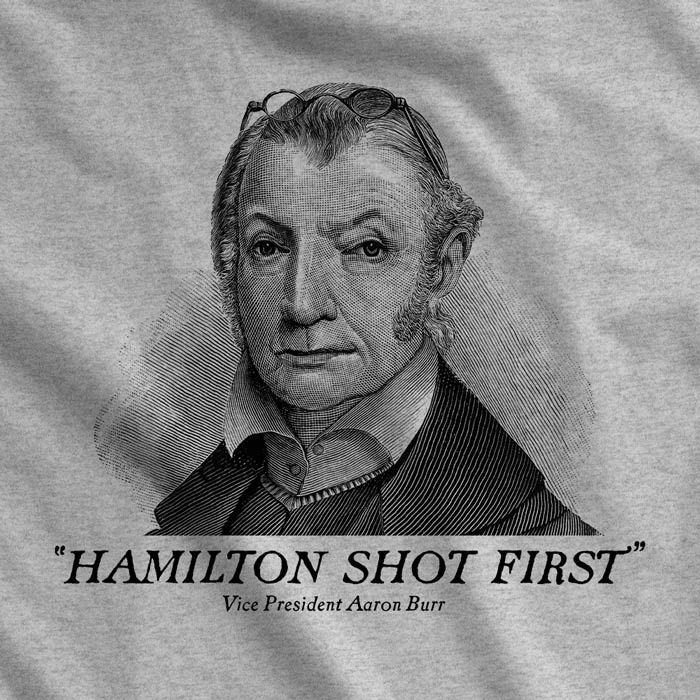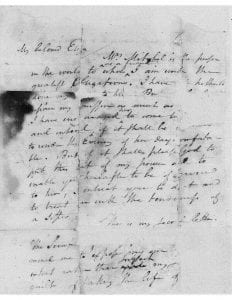
above: Photo of the letters Alexander Hamilton wrote to Elizabeth Schuyler Hamilton
Photo source: https://www.gilderlehrman.org/content/hamilton%E2%80%99s-love-letter-day-december-14
Blog Entry 2
By: Ye Jun Kim
For my historical document, I chose the letters Alexander Hamilton wrote to Elizabeth Hamilton in 1781. These letters were published on the National Archives webpage.
Personally, I am not a huge fan of learning history. With that being said, I read the documents and tried to pick one that I found most interesting, which at first was very hard because all of them are basically talking about history of the American Revolution. However, I came across the letters Alexander Hamilton wrote to Elizabeth Schuyler Hamilton, and thought that I could work with this. These letters not only has historical facts, but they also have words of affirmation and longing towards Elizabeth Hamilton. I thought that this would be a nice addition to analyze along with the historical evidences.
I found it very interesting that Hamilton reveals his ardent and energetic personality even through the letters. However, the audience and reason would be completely different from when he is expressing his support for the American Revolution. Something I found that was different from what I have observed about him through the musical was his poetic and delicate side. In the middle of the letters, Hamilton seems to speak to Elizabeth, or “Betsy”, as if handling a very fragile puppy.
WIth this interesting point, I thought that it would be interesting to analyze literary devices used and connect that to the time period along with the historical facts regarding the Revolution. One challenge that I found from here is that it is really hard to find primary or secondary documents that explain the way people wrote the way they did. To overcome this obstacle, I might just find other documents around similar time periods and compare them to the letters that I chose.
To understand the documents, I think that understanding the timeline and the people involved are very important. In order to do so, I have found a timeline laid out according to the month and the year of the Revolution from the start to the finish. And while reading those timelines and the letter side by side, I would look up the people involved in the corresponding time periods and look to see if they have any primary or secondary documents associated with them.
As I go on in the research I personally think that I have chosen a rather difficult document to analyze, but I believe that this allowed me to look beyond just the Revolutionary war and just analyze the time period as a whole.












